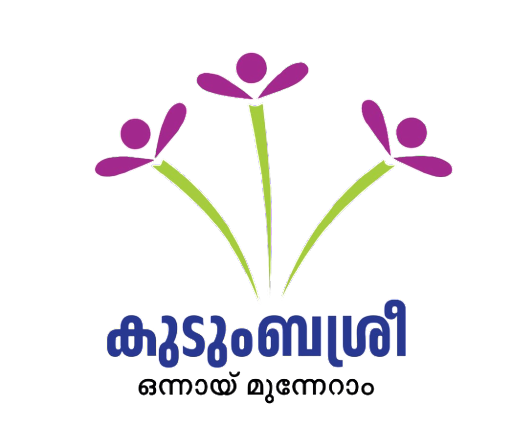Thrissur
Thrissur pronunciation (originally Thiru Siva Peroor and previously known by its anglicised form as Trichur), is the fourth largest city, the third largest urban agglomeration in Kerala (Pop. 1,854,783) and the 20th largest in India. It is also the headquarters of the Thrissur District.The City is built around a 65-acre hillock called the Thekkinkadu Maidan which seats the Vadakkumnathan temple. Thrissur was once the capital of the Kingdom of Cochin. It is located 300 kilometres (186 mi) towards north-west of the state capital Thiruvananthapuram.Thrissur is also known as the 'Cultural Capital of Kerala' because of its cultural, spiritual and religious leanings throughout history.
The Thrissur Municipal Corporation is the civic body that governs the Thrissur city in Kerala, India. It is the fourth largest city Corporation in the state of Kerala by area and population. Established as a Municipality since 1921 under the Cochin Municipal Regulations, it is responsible for civic infrastructure and administration; the distribution of electricity and water for Thrissur city.The Corporation manages 101.42 km of Thrissur city limits of through 55 wards through five zones Ayyanthole, Vilvattom, Ollukkara, Ollurand Koorkanchery.
As of 2011 India census, Thrissur city had a population of 315,957.Males constitute 48.2% and females constitute 51.8% of the total population numbering 152,296 and 163,661 respectively.The density of population is 3,130/km2. The sex ratio is 1,092/1,000 male. The total number of the households in the city is 66,827. The average family size in the city is 4.27 members. The city has a slum population equivalent to 0.30% of the total city population and 0.37% of the Kerala's slum population. The city has an average literacy rate of 95.5%: male literacy rate is 97% whereas female literacy rate is 94.6%.
Housing data as per 2011
As per the census 95.56% (74848) households have their own house and 4.5 %( 3518) is homeless.development plan for Thrissur.The housing demand in Thrissur Corporation is calculated based on housing data of census 2011.Total households in 2011 were 78336 while the available housing stock was 766485.Many houses are used for non-residential purposes. Total Number of occupied and vacant/locked houses which were liveable and used for residential purposes were 85556.Replacement is required for total 1933 houses which are dilapidated. These residences were 1690 in number. In addition households in slums were counted as 19629 in census 2011.development plan for Thrissur.The housing demand in Thrissur Corporation is calculated based on housing data of census 2011.Total households in 2011 were 78336 while the available housing stock was 766485.Many houses are used for non-residential purposes. Total Number of occupied and vacant/locked houses which were liveable and used for residential purposes were 85556.Replacement is required for total 1933 houses which are dilapidated. These residences were 1690 in number. In addition households in slums were counted as 19629 in census 2011.
In 2009-10 periods Thrissur Corporation conducted one survey for EMS housing project for finding landless and homeless. As per this survey no. Landless is 2980.
As per Census 2011, total population of Thrissur Municipal Corporation is 3, 15,957and the total number of households in Thrissur Municipal Corporation is 78,336.Around 76,404 households uses their dwellings for residential and residential-cum-other uses. Around 76404 households use their dwellings for residential and residential cum other uses.
Majority (74.27percent) of themhave houses in good condition, 23.52 percent have livable houses while only 2.21 percent havelivablehouses while only 2.21 percent have dilapidated houses.
In PMAY, 994 houses got govt sanction and 94 houses completed construction
















